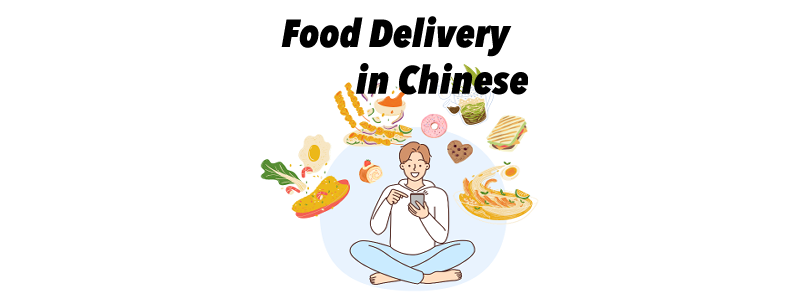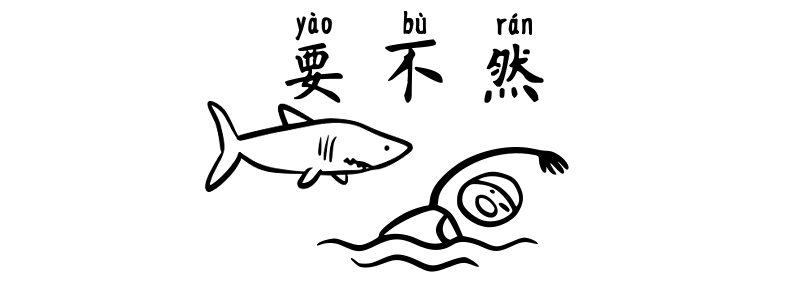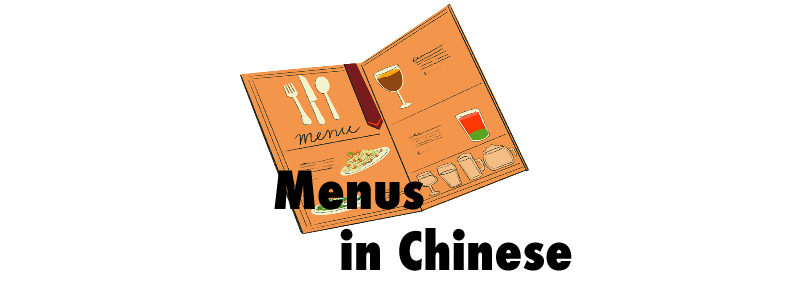雪花糕 xuěhuāgāo Snowflake Cake is a delicate Chinese dessert known for its soft, snow-like appearance. Popular in Southern China and Hong Kong, it dates back to the Qing Dynasty (1644-1912), when it first appeared in Guangdong’s teahouses as a dim sum treat. With its light texture and simple ingredients, Snowflake Cake offers a refreshing contrast…
Category: HSK 3
Synonyms of “change” in Chinese
There are four different ways to talk about change in Chinese, each with its own nuance: 變变 biàn, 改變变 gǎibiàn, 變变化 biànhuà, and 變变成 biànchéng. Each of these terms has its own unique nuance, and understanding these subtleties can help you use them more accurately. 變变 biàn (Verb) 變变 biàn + (得 de + Adv.) + Adj 東西dōngxī都dōu變biàn貴guì了le东西dōngxi都dōu变biàn贵guì了leThings have become…
Food Delivery in Chinese
Hey foodies! Tiffany here, your guide at OneDotDot Chinese. Ever wondered how to navigate Chinese food delivery apps? Well, there are some essential words you gotta know. Let’s get ready for a culinary adventure at your doorstep! Food Delivery App in China One of the food delivery apps is Meituan. It’s not just about delivering…
“Otherwise” in Chinese – 要不然 yàoburán
Grammar Point:要不然 yàoburán is a Chinese term used to suggest an alternative or express a conditional scenario. It’s often translated as “otherwise” or “or else” in English. In conversational Chinese, it’s also common to hear native speakers say 不然 bùrán, 那不然 nà bùrán or 啊不然 a bùrán instead. Structure Condition + 要不然 + Result First, state a situation or…
Menus in Chinese
Hello, I’m Tiffany from OneDotDot Chinese. Today, let’s explore some Chinese vocabulary related to menus. 😋 When dining at a restaurant in China, how can you tell the main dishes from the side dishes? And if you want to order à la carte or opt for a set menu, how would you express that? Menu…
Plenty of – 有的是 yǒudeshì
Gremmar Point:The phrase 有的是 yǒudeshì in Chinese grammar is used to convey the idea of “plenty of” or “an abundance of.” It’s used to express that there is an ample amount of something, indicating an abundance or a large quantity without scarcity. Structure S + 有的是 yǒudeshì + N S + N + 有的是 yǒudeshì…
Expressing “either… or…” in Chinese
Grammar Point:The structure 不是 búshì… 就是 jiùshì… in English can be translated as “either… or…” or “if it’s not…, then it’s…” It emphasizes the limited options available, indicating that something is either one thing or another, without any other alternatives. Structure 不是 búshì + option 1 + 就是 jiùshì + option 2 我wǒ家jiā附近fùjìn的de餐廳cāntīng不是búshì中式zhōngshì, 就是jiùshì日式rìshì我wǒ家jiā附近fùjìn的de餐厅cāntīng不是búshì中式zhōngshì, 就是jiùshì日式rìshìThe…
“Ever since” in Chinese
Grammar Point:從从 cóng… 起 qǐ in Chinese is used to indicate the starting point or moment of an action or situation. It’s similar in meaning to “ever since” or “starting from…” in English. Structure Cóng + Time + qǐ It is also common to use 後后 hòu to replace 起 qǐ. However, 起 qǐ implies…
Already 3 – dōu… le
Grammar Point:The structure 都 dōu …了le in Chinese is used to emphasize that something has already happened or has been completed. It adds a sense of completion or entirety to the action. Structure Dōu + Time + le 都dōu兩點liǎngdiǎn了le, 我wǒ得děi趕快gǎnkuài睡shuì了le都dōu两点liǎngdiǎn了le, 我wǒ得děi赶快gǎnkuài睡shuì了leIt’s already two o’clock. I need to hurry and go to sleep. 你nǐ都dōu22 歲suì了le還hái不會búhuì自己zìjǐ煮飯zhǔfàn嗎ma? 你nǐ都dōu22…
Approximate Number 2 – dàyuē, dàgài, zuǒyòu, qiánhòu
Grammar Point:In Chinese, there are several words and phrases used to express approximate numbers or quantities. Four common ones are 大概 dàgài, 大約约 dàyuē, 左右 zuǒyòu and 前後后 qiánhòu. Dàgài & Dàyuē Both of them often used to indicate a rough estimate or approximation. They can be translated to “approximately,” “about,” or “roughly.” 大約约 dàyuē…








